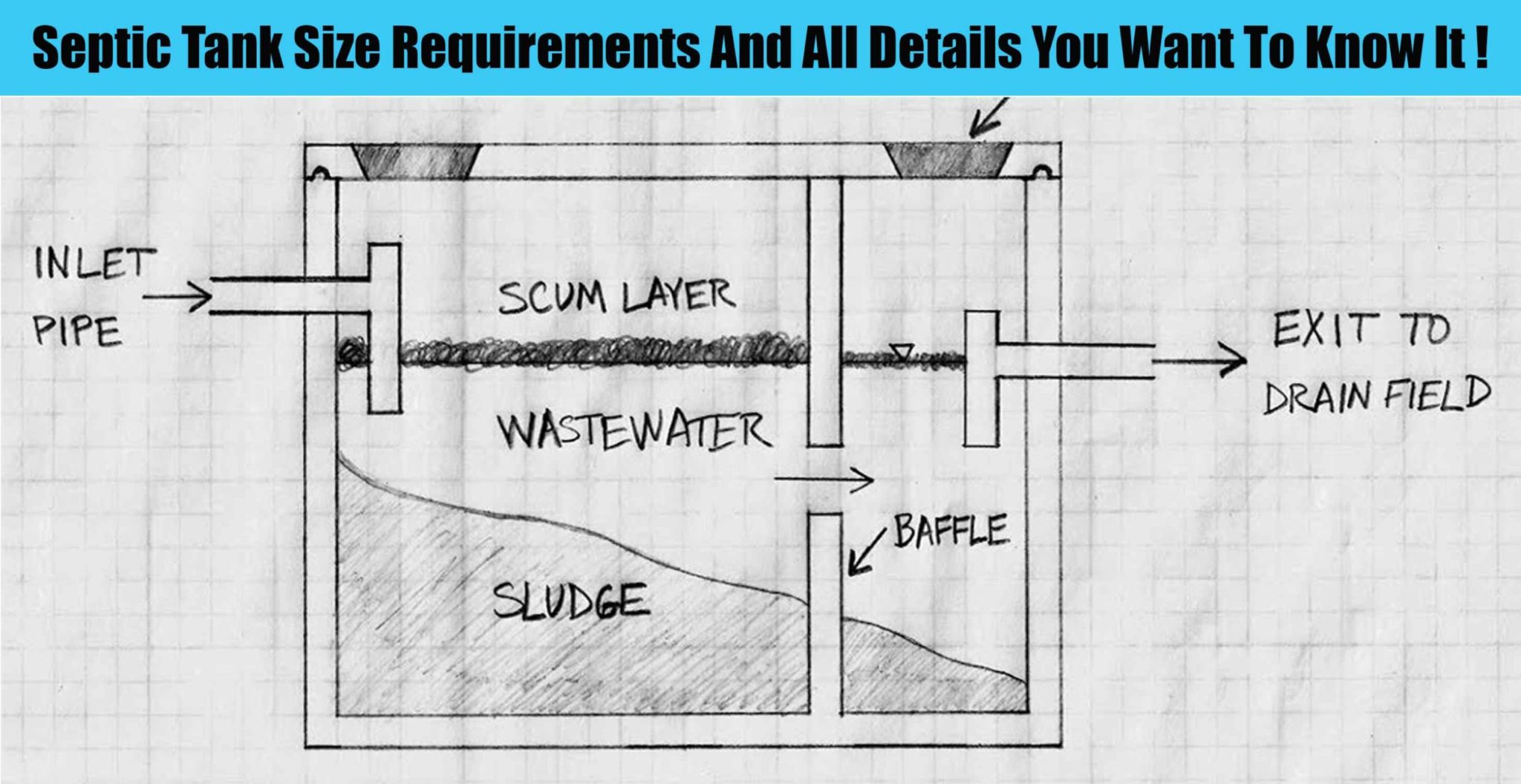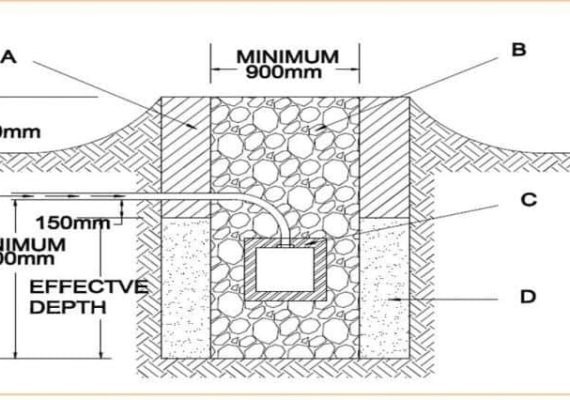What Causes A Belly In A Sewer Line?
What Is A Belly In A Sewer Line?
A sewer line belly is a downward bent section of the pipe that impedes the natural flow of waste. It can be caused by geological events such as soil erosion, foundation settlement, or earthquakes, or by human error like poor installation.
Sewer line bellies are easily confused with channeling, which occurs when a pipeline begins to buckle in sections due to erosion or other factors. To diagnose and repair a sewer line belly, advanced video inspection technology is required.
If you suspect your sewer line has been damaged, it’s important to call an experienced plumber for diagnosis and repair services.
What Causes A Belly In A Sewer Line?
Sewer line bellies are often caused by inadequate planning and substandard installation. To prevent bellies from forming, professional installers should use proper bedding compaction, high-quality pipe materials, and the correct angle of slope during installation.
However, other factors such as tree roots, earthquakes, sun, heat, rain, and extreme temperature fluctuations can also cause the soil to shift, resulting in bellies.
To prevent sewer line bellies, the proper soil bedding should be used during installation, which involves using large format gravel and sand. If the wrong materials are used, certain sections of the pipe will settle further into the ground over time, resulting in a belly.
The slope and grade of the sewer line are also crucial for proper waste transport. Trenchless sewer line professionals use advanced tools such as video cameras and locator wands to ensure that the slope is correct, preventing the formation of bellies and subsequent sediment buildup.
In some cases, even sewer lines that have been installed with appropriate support may sag due to unstable ground. Therefore, it is important to keep an eye on the sewer line and have it regularly checked and maintained to prevent problems from occurring.
How To Fix A Belly In Sewer Line
To fix a belly in a sewer line, the only effective solution is excavation and replacement. This requires digging up the entire pipe and replacing it, and while this process is more expensive than sewer camera inspection, it is necessary to restore proper slope of the plumbing line so that water and debris don’t collect in the belly. Without repairing the issue, larger problems are likely to occur further down the line.
How Serious Is Belly In Sewer Line?
Sewer bellies are a concern for homeowners, especially since this issue is typically not covered by home insurance policies. The severity of the problem varies and depends on the extent of the dips in the sewer line.
In some cases, minor dips that do not impact the sewer line’s functionality can be left as is while major dips, particularly those that indicate additional sewer problems, require repair. Deciding which course of action to take can be tricky.
To make an informed decision, it is advisable to consult a trusted plumber. If you feel that the plumber is suggesting unnecessary repairs or is not taking the sewer belly issue seriously, consider seeking a second opinion.
Keep in mind that there are cost-effective repair options such as trenchless sewer repair available, which can make fixing the problem more manageable.
It is also essential to note that if you have a sewer belly, you may be required to disclose it when you sell your home. Some buyers may request that the sewer belly be fixed before purchasing the property. Therefore, it is in your best interest to address the issue promptly and adequately to avoid complications during the home sale process.
Can Trenchless Sewer Repair Fix A Belly?
Trenchless sewer repair technology does not provide a feasible solution for line belly problems as the negative slope of the bent pipe would remain even after relining.
As such, blockages caused by this issue cannot be rectified until the entire pipeline is replaced, which is often a more cost-effective and quicker solution compared to using trenchless technology.


![Advantages of Biodigester + How Biodigester Works [A Simple Guide]](https://www.hpdconsult.com/wp-content/uploads/2019/06/maxresdefault-1-570x400.jpg)
